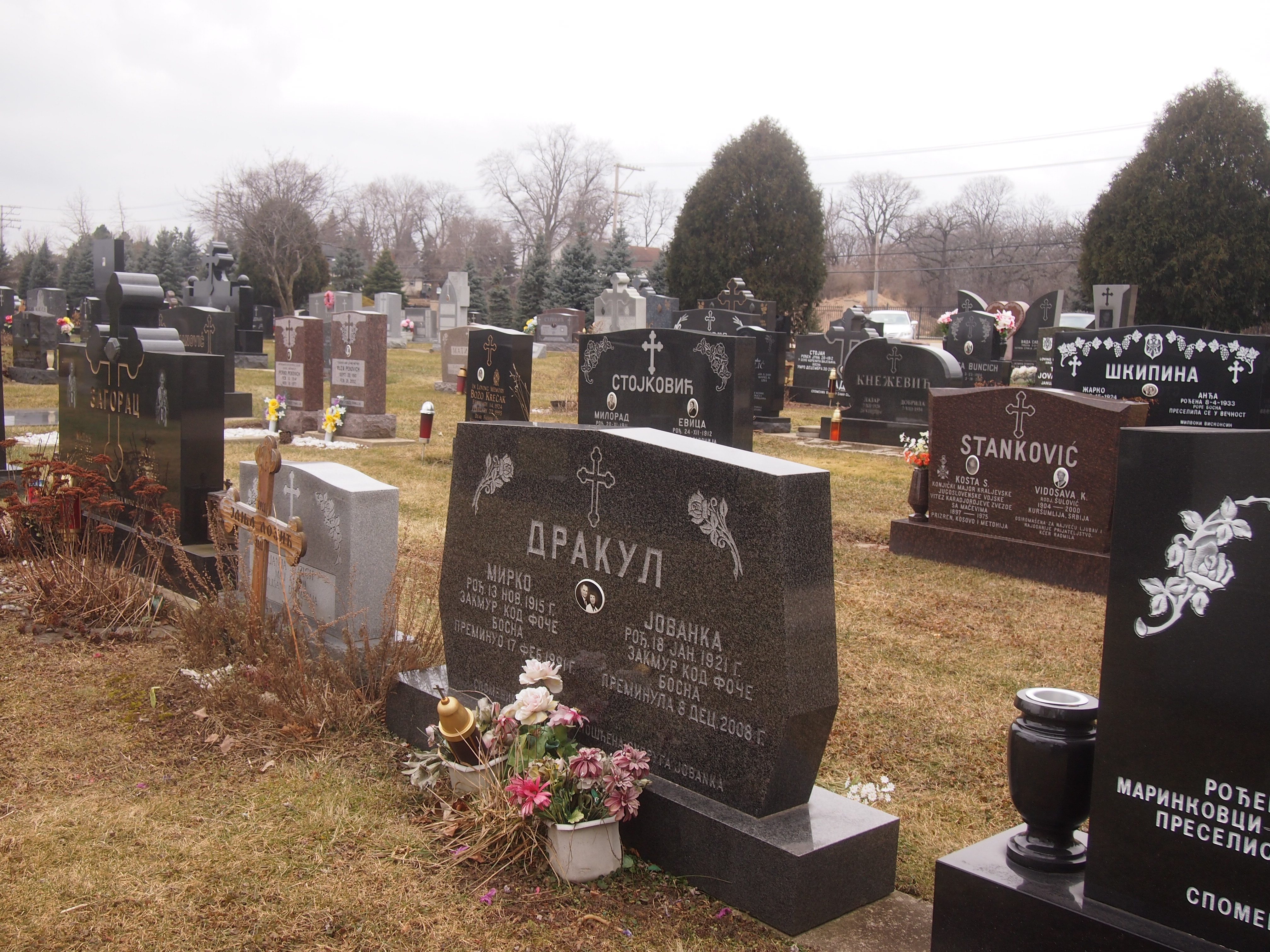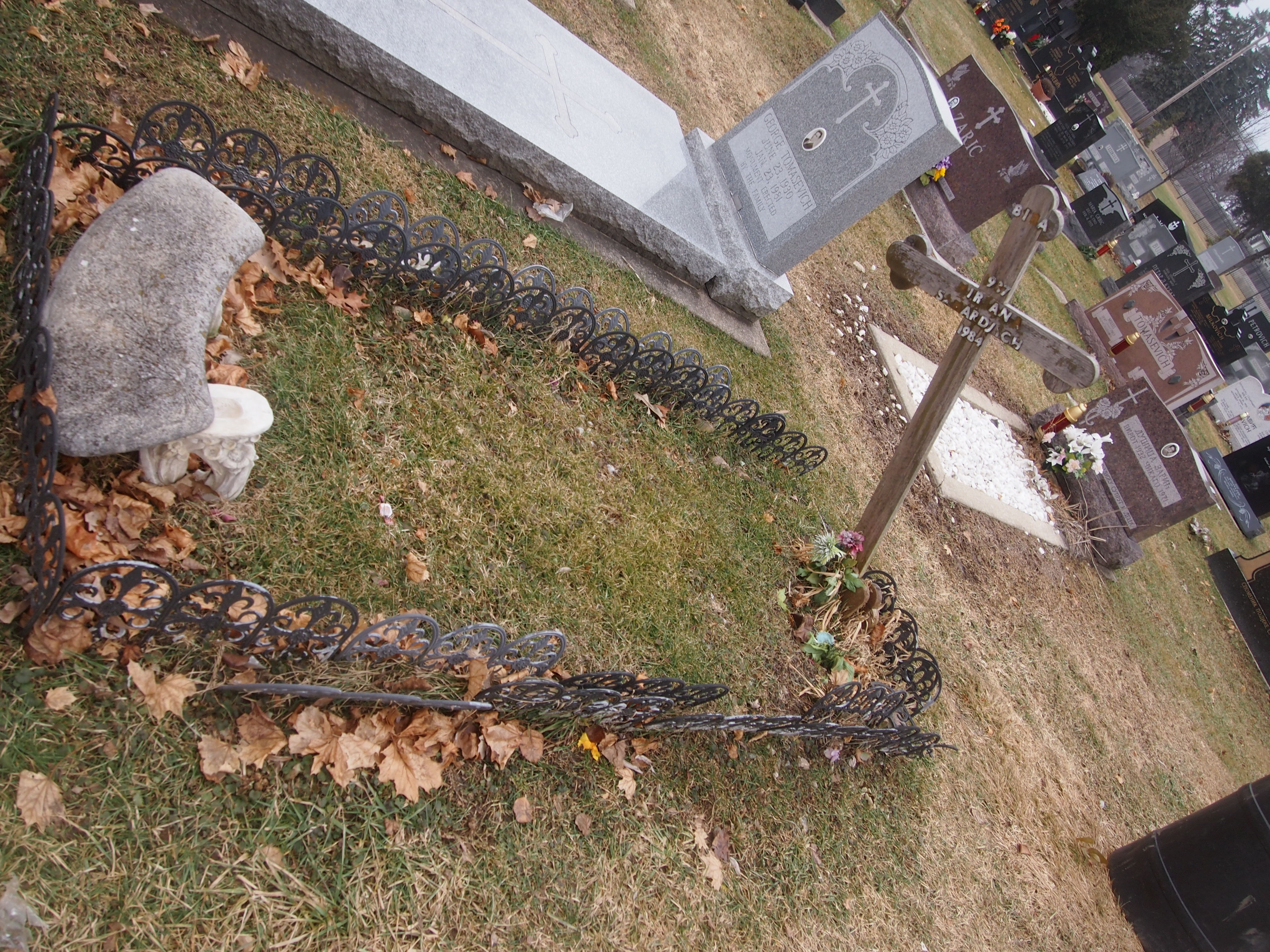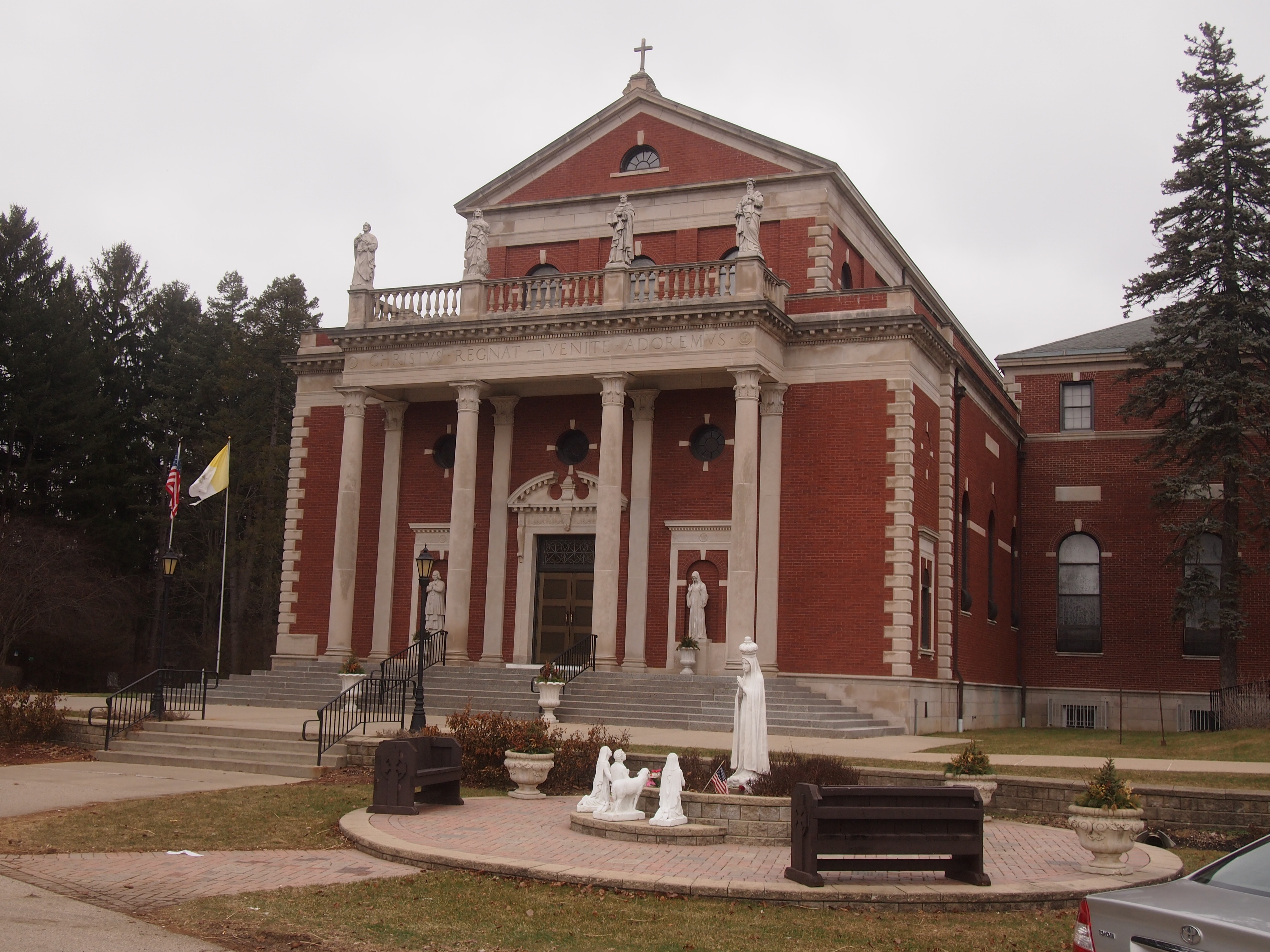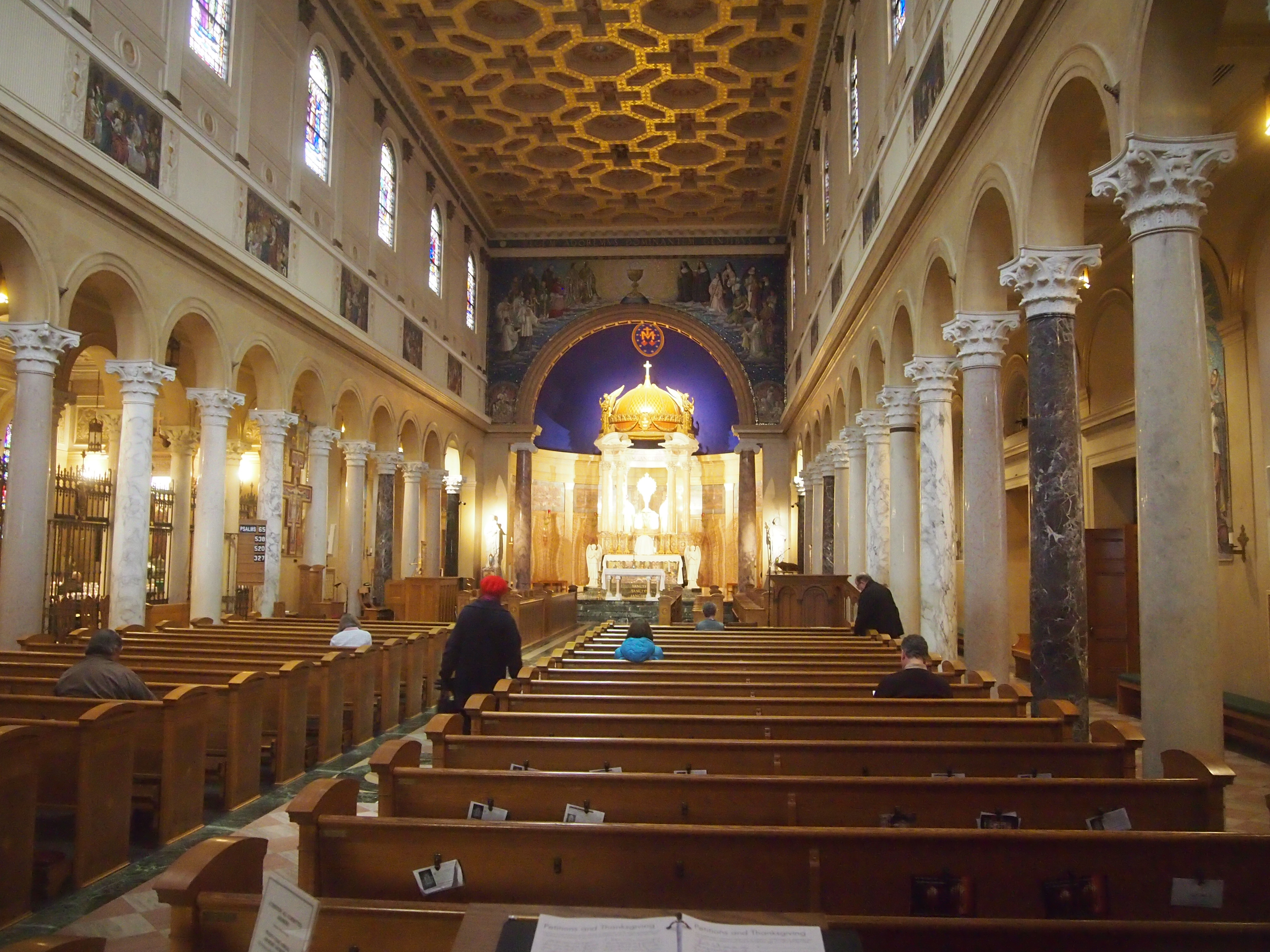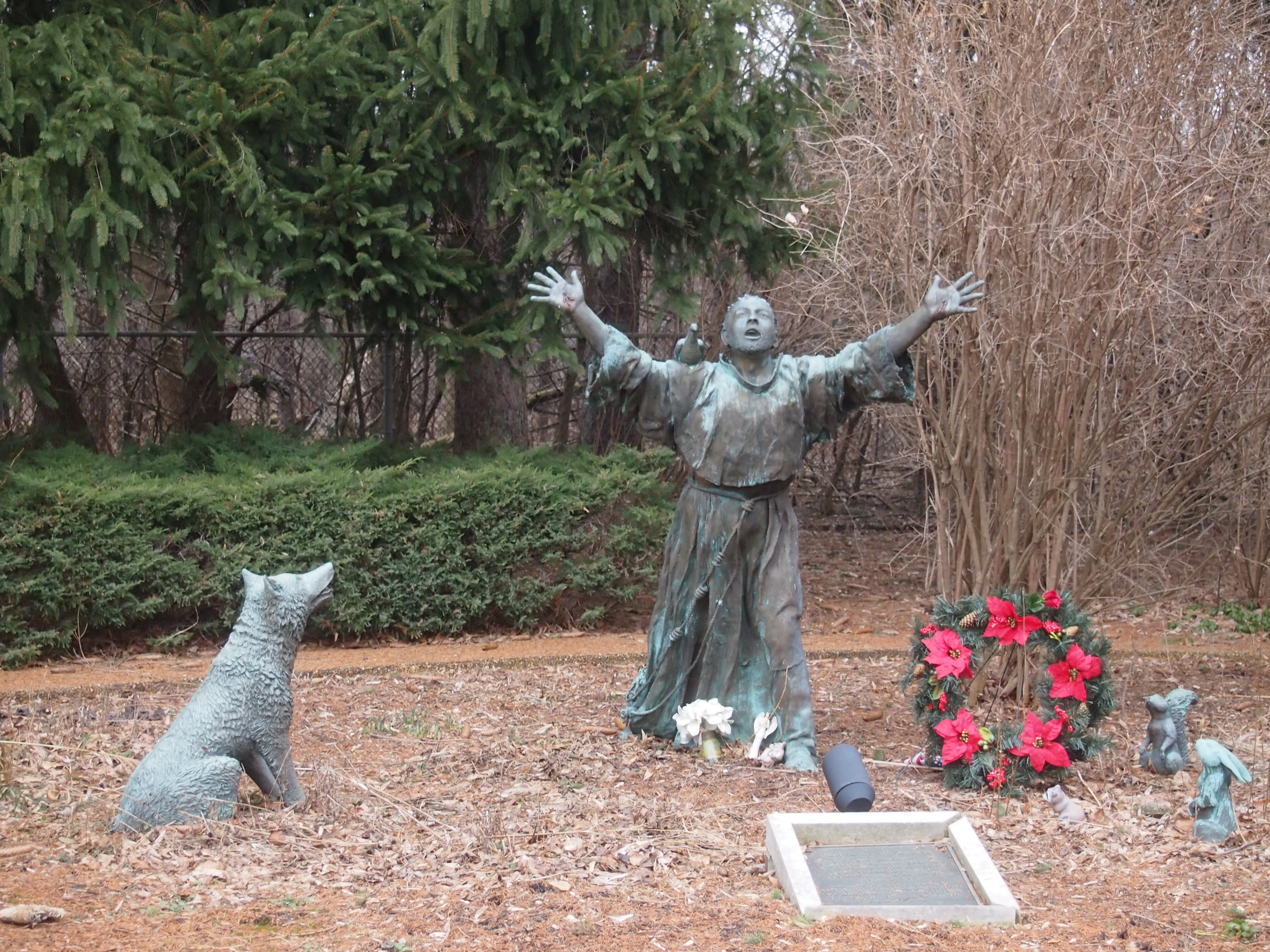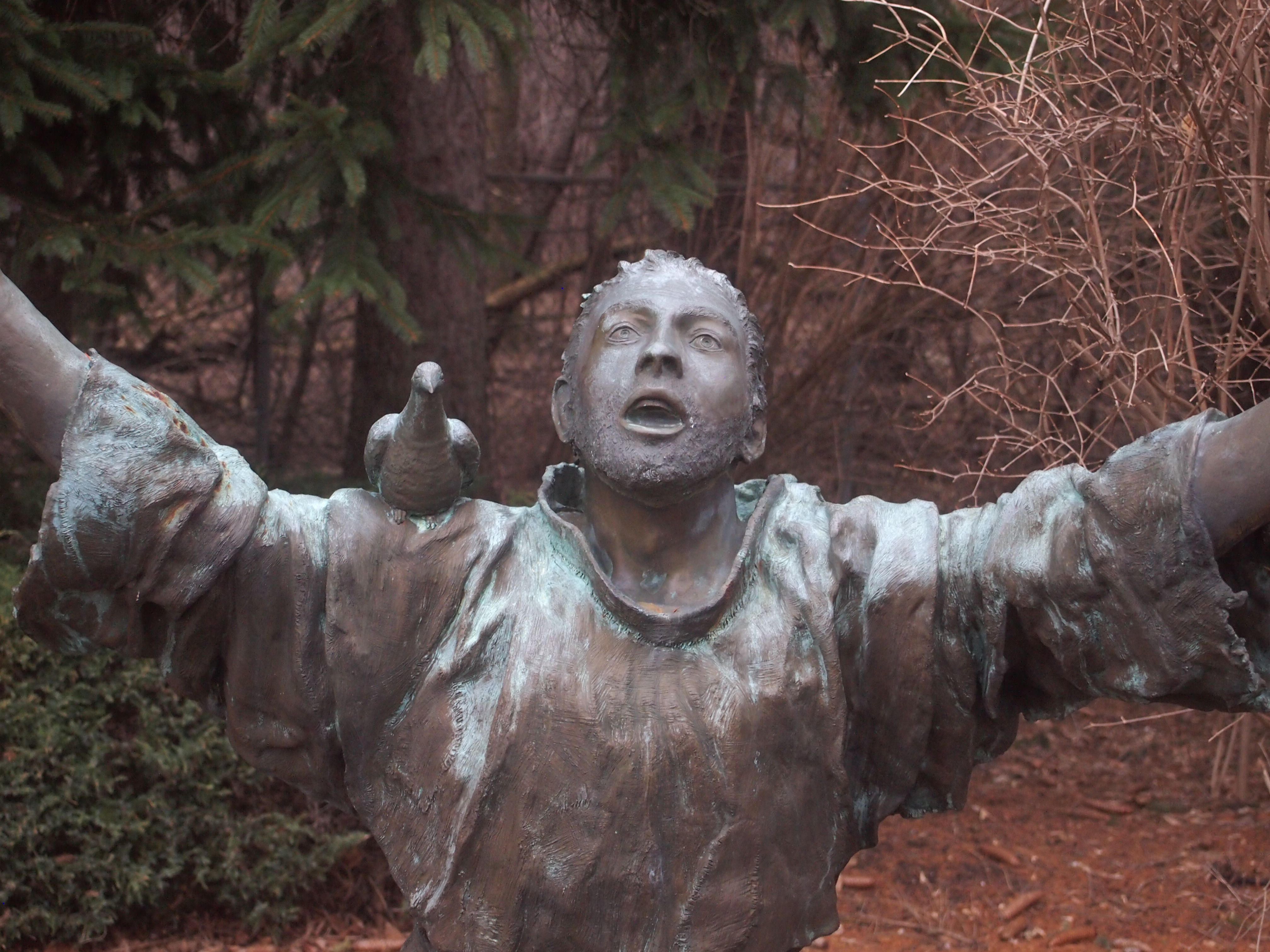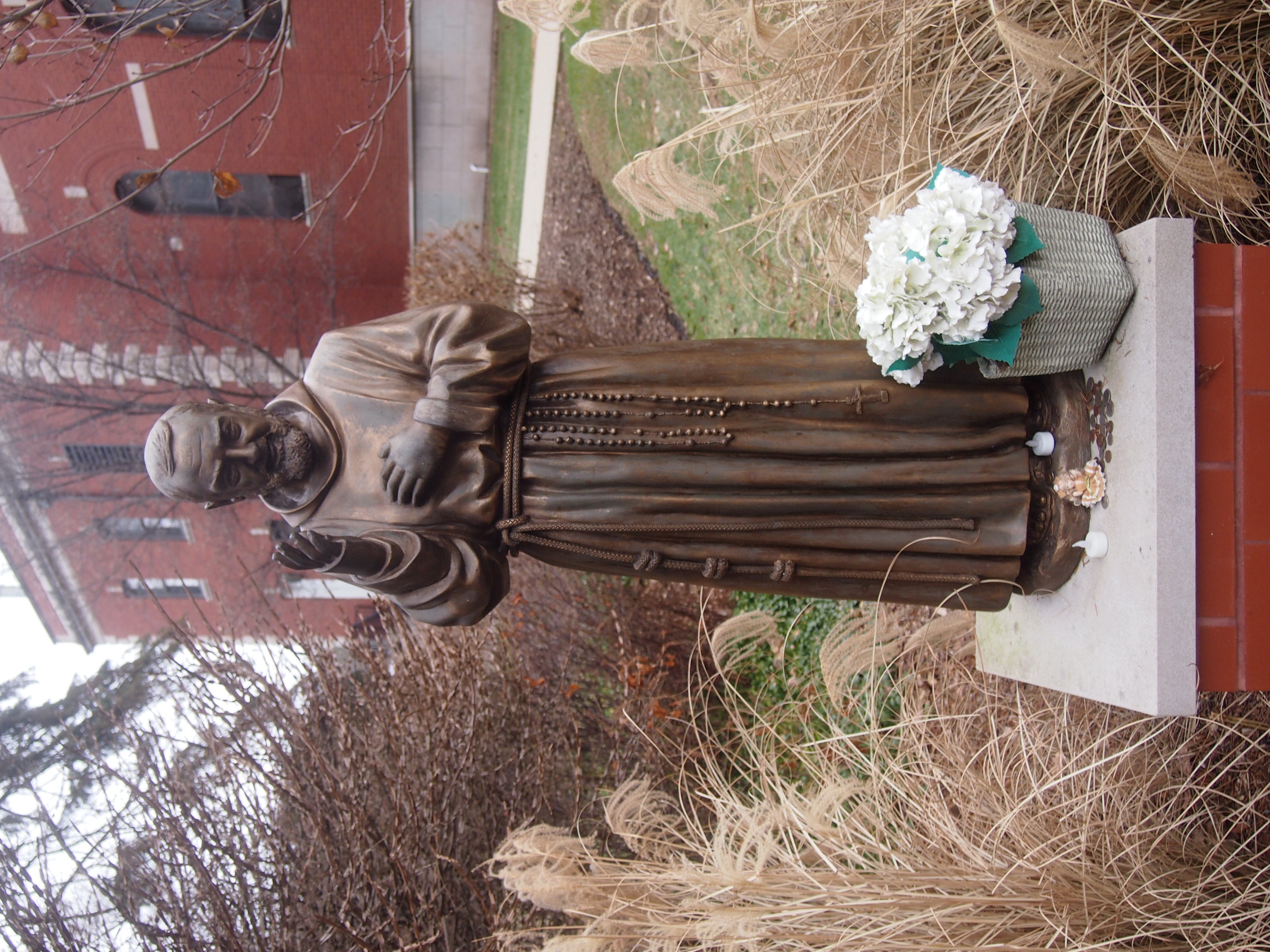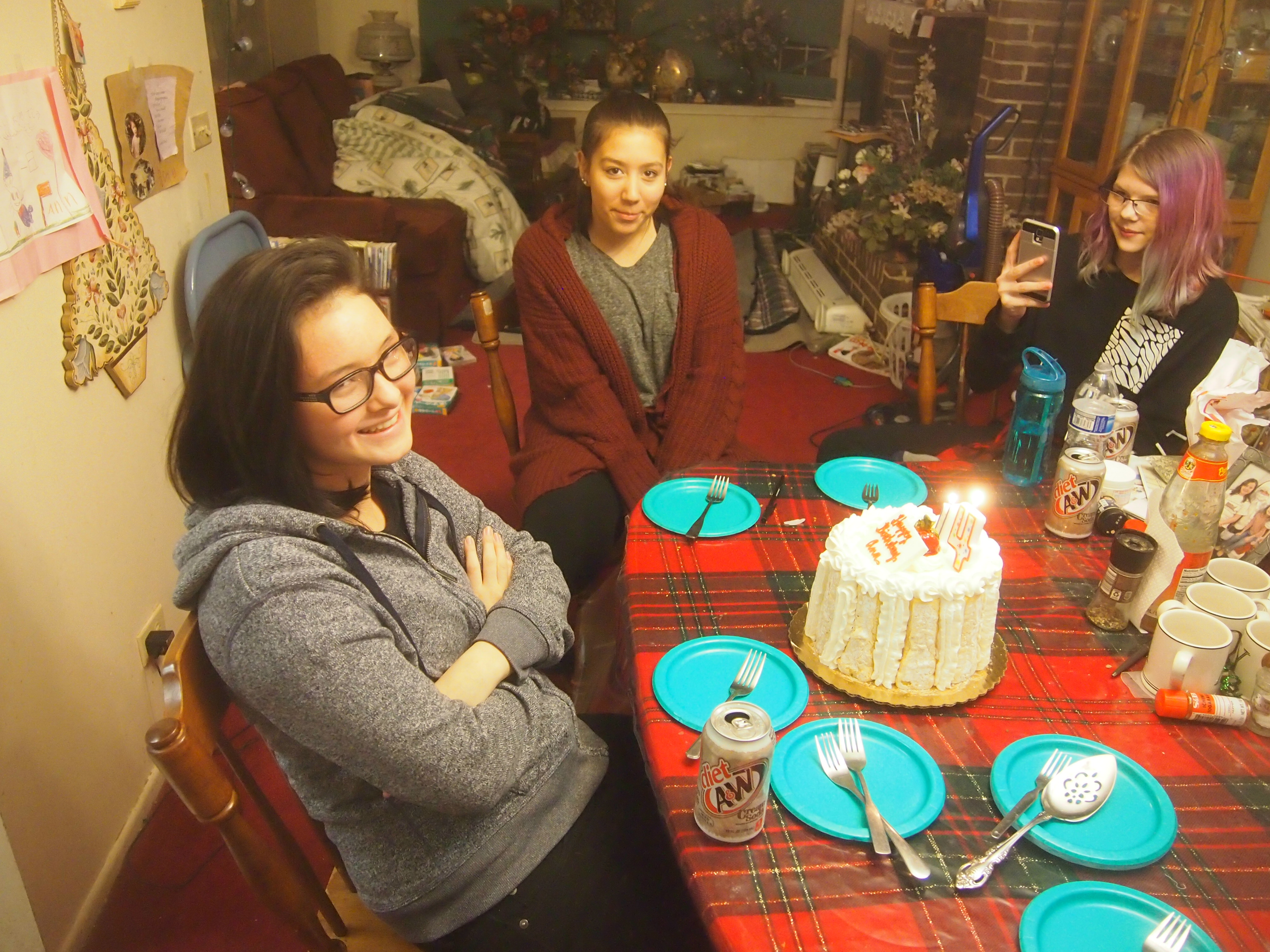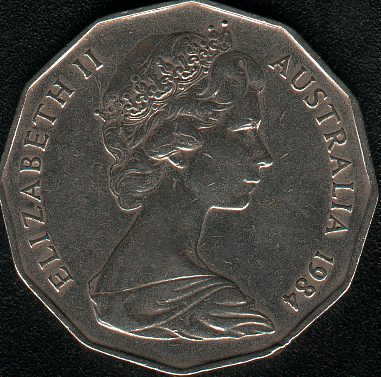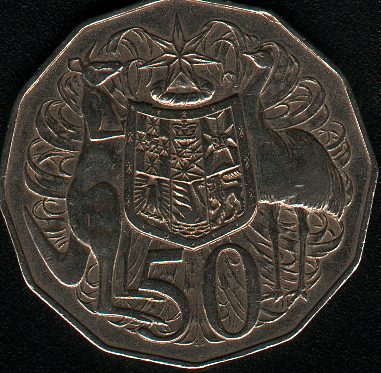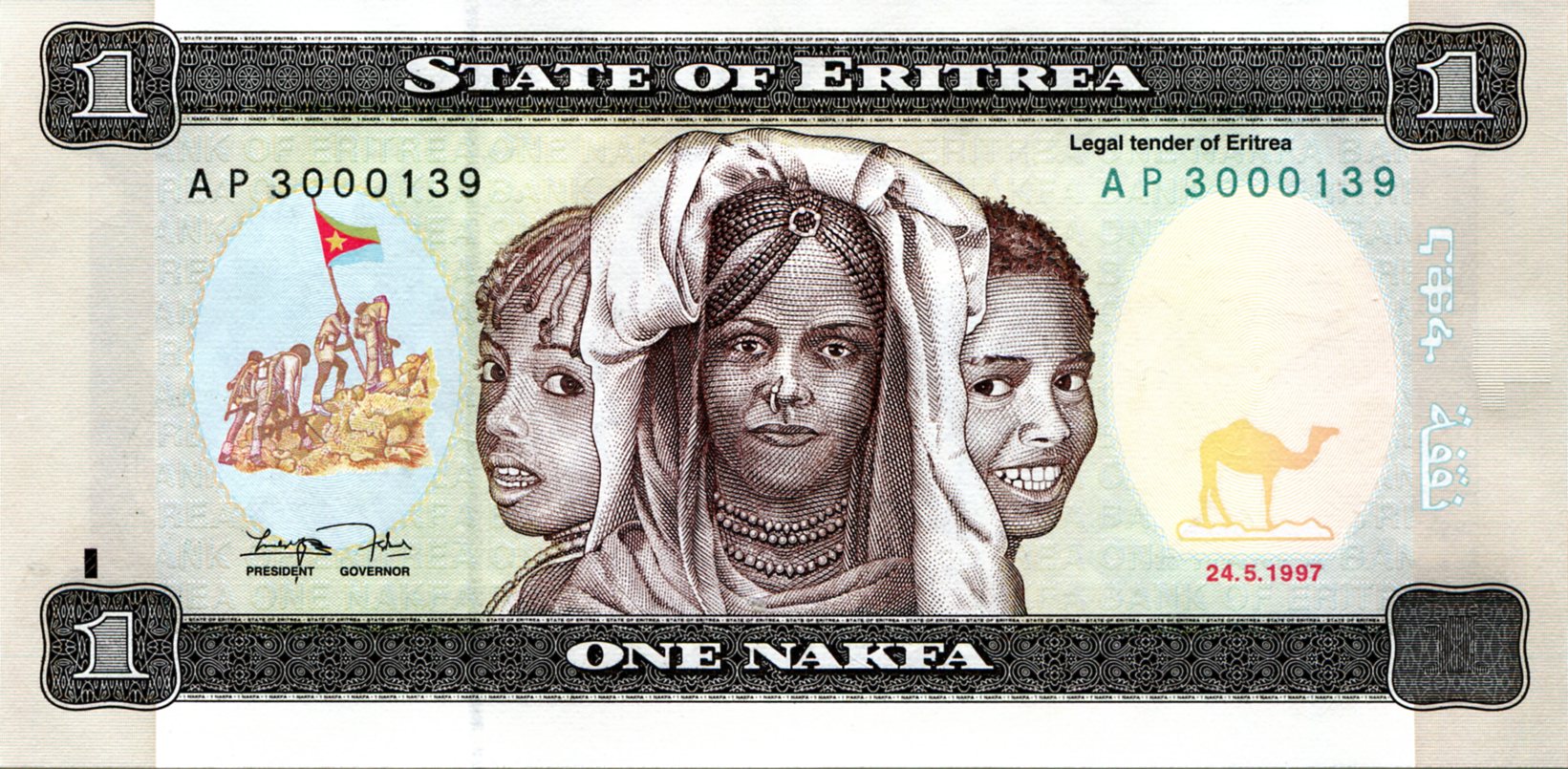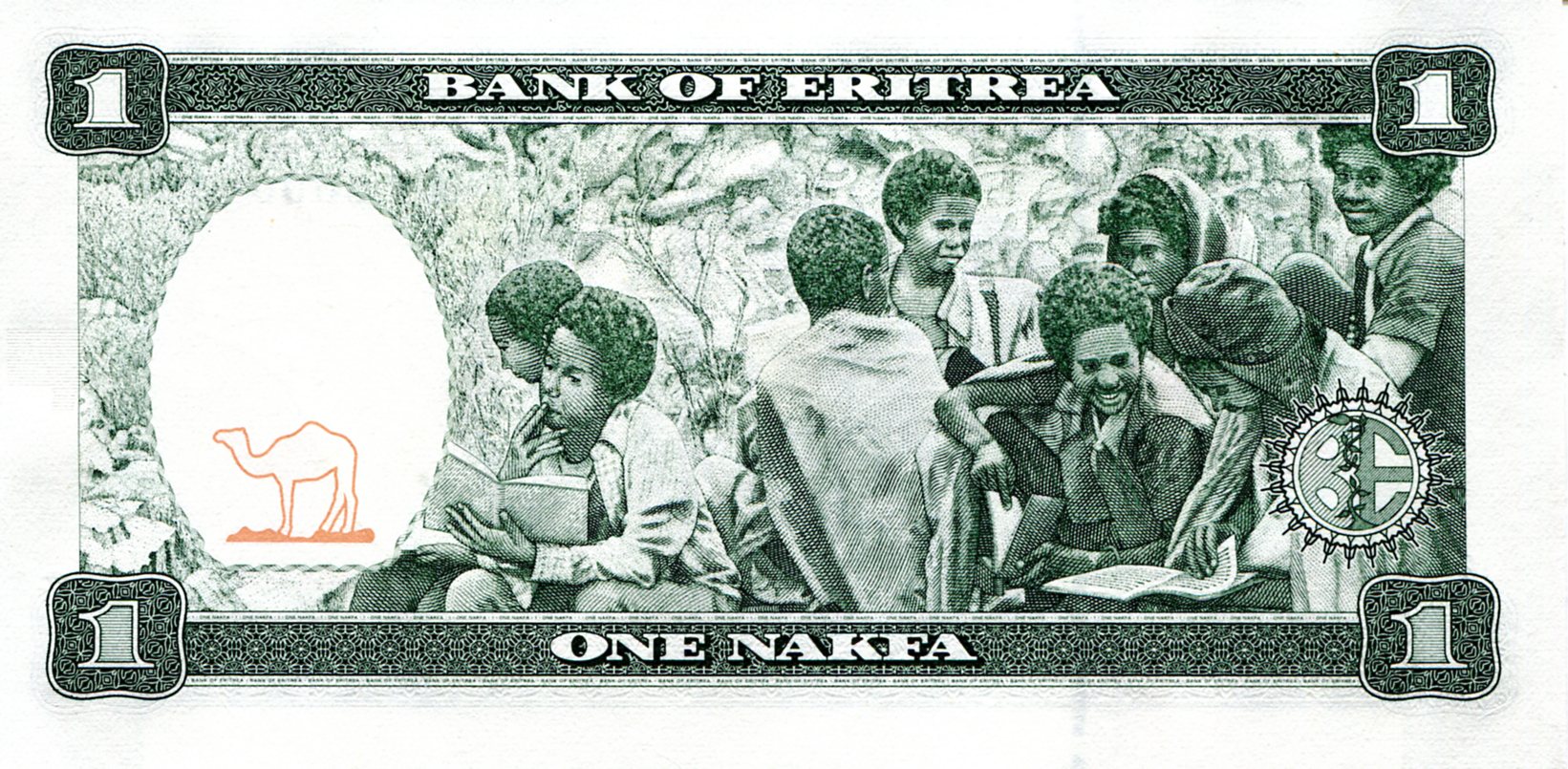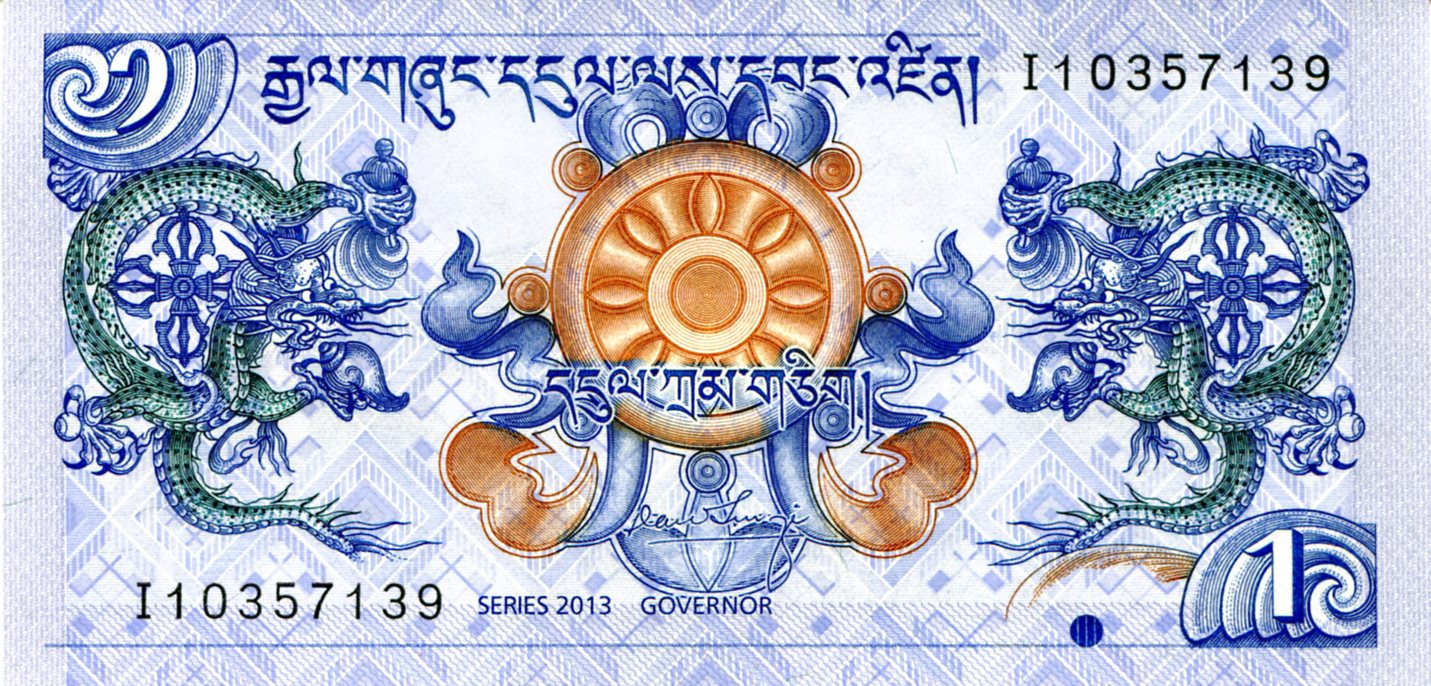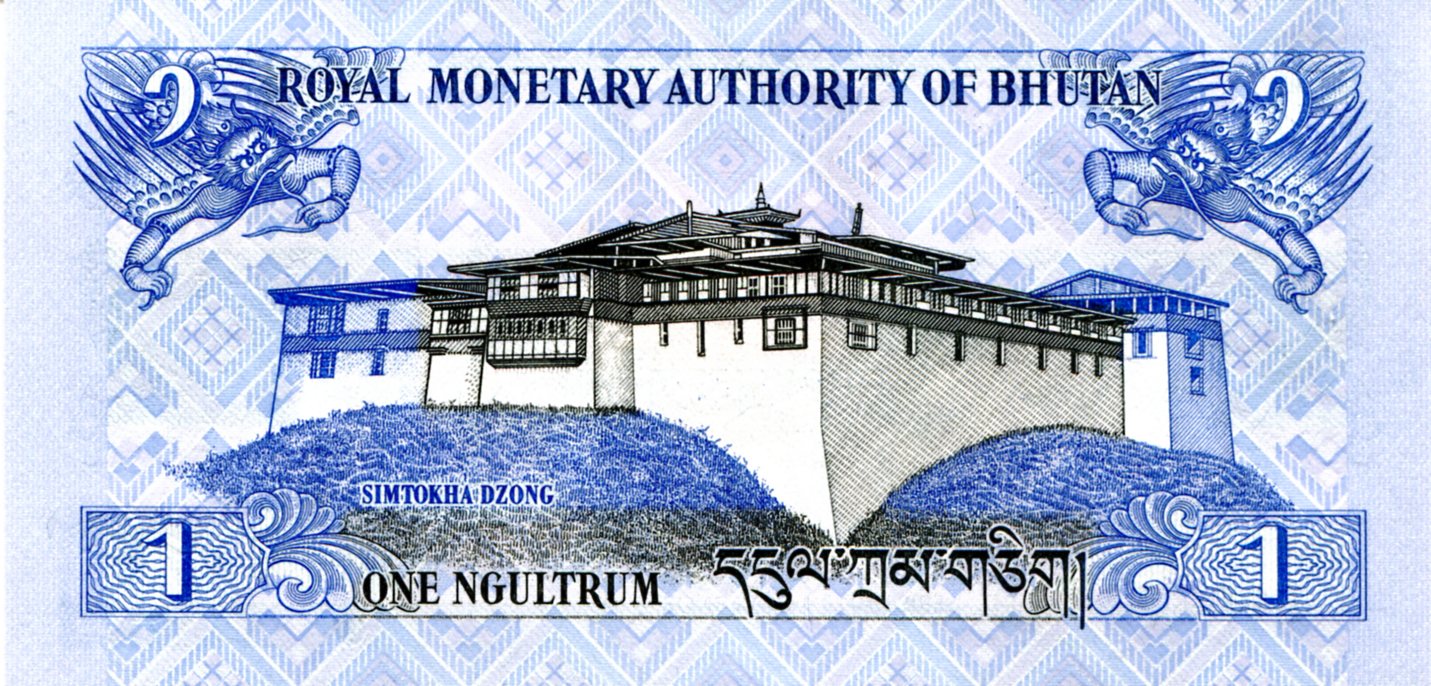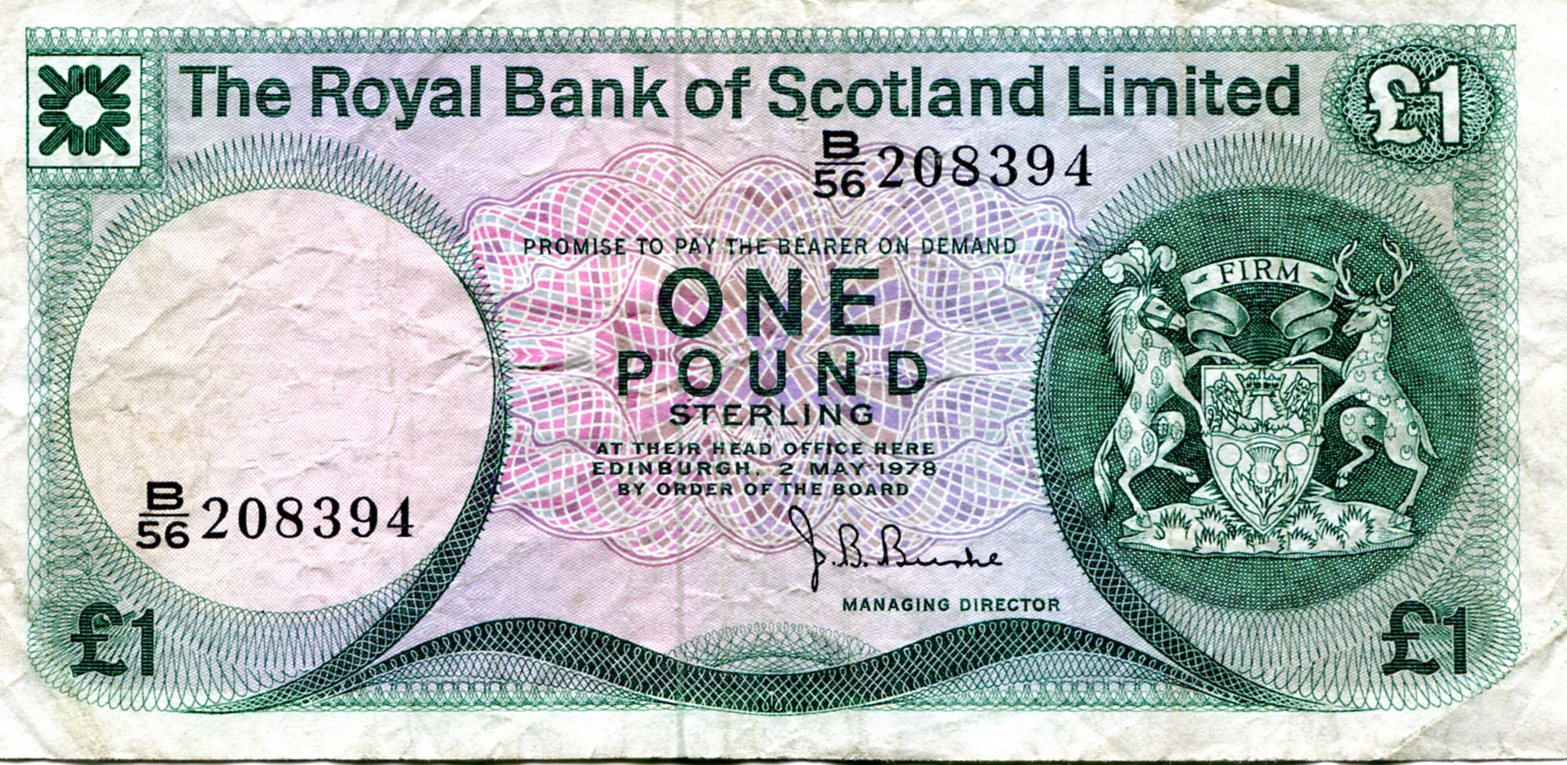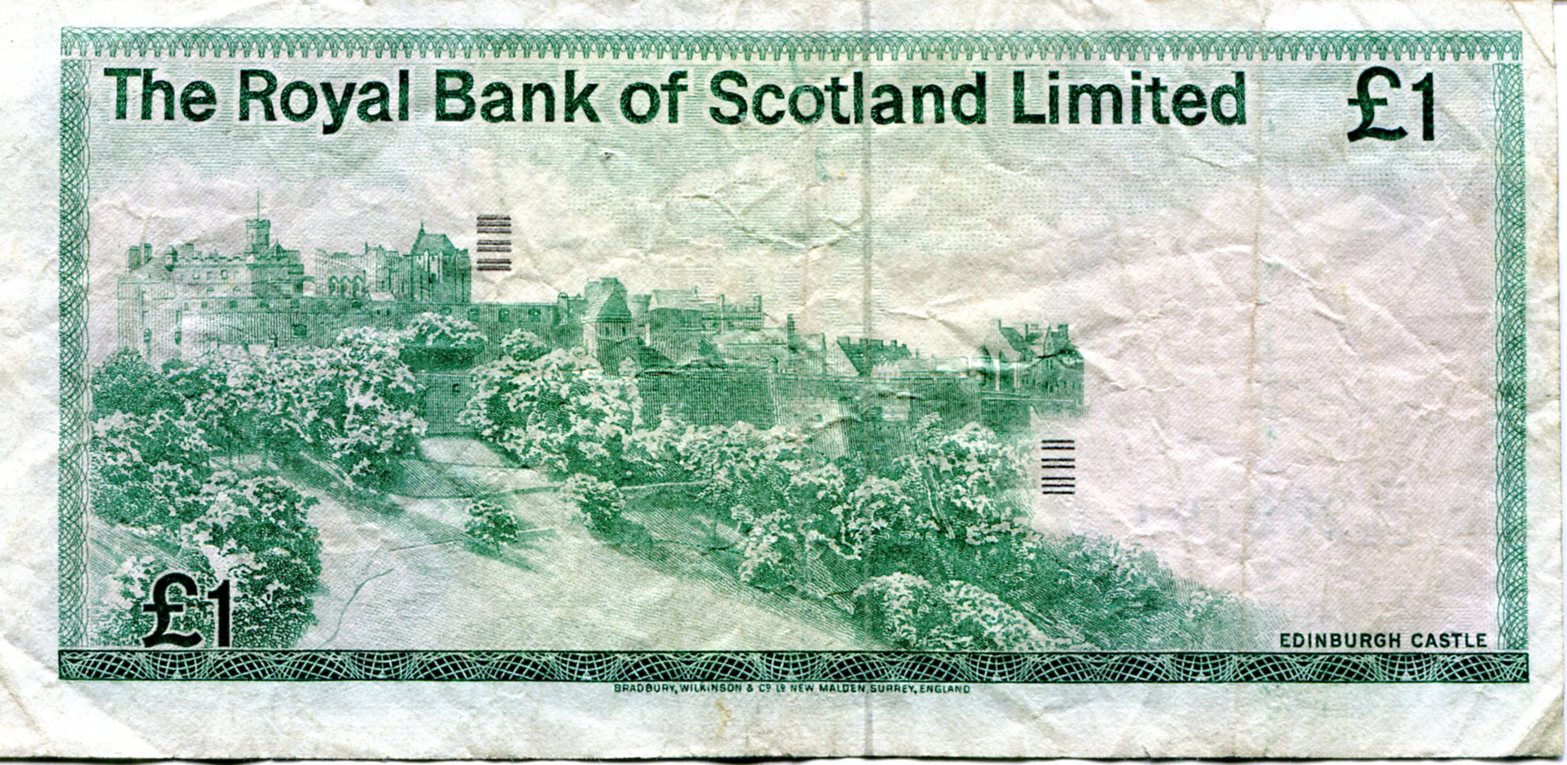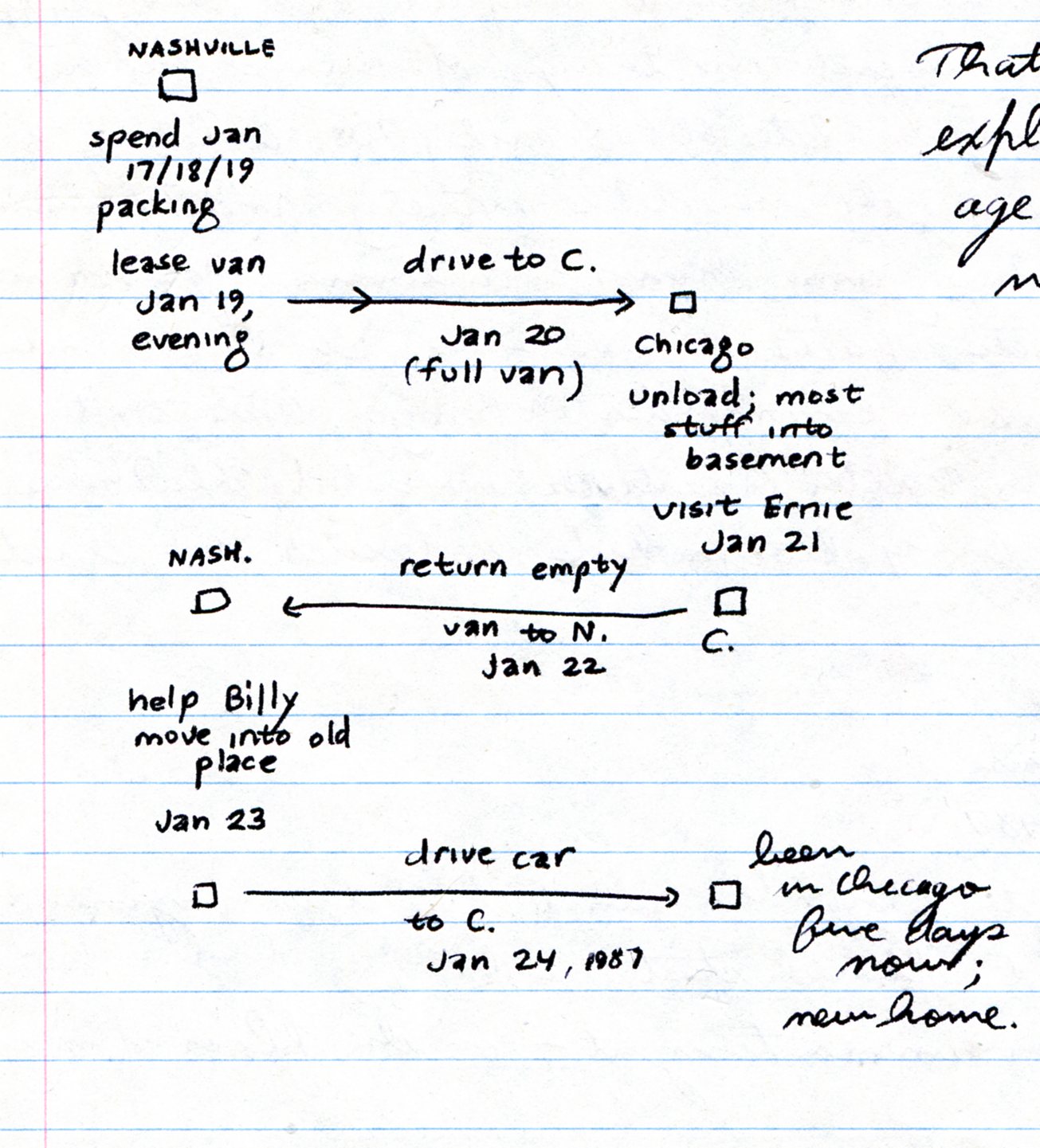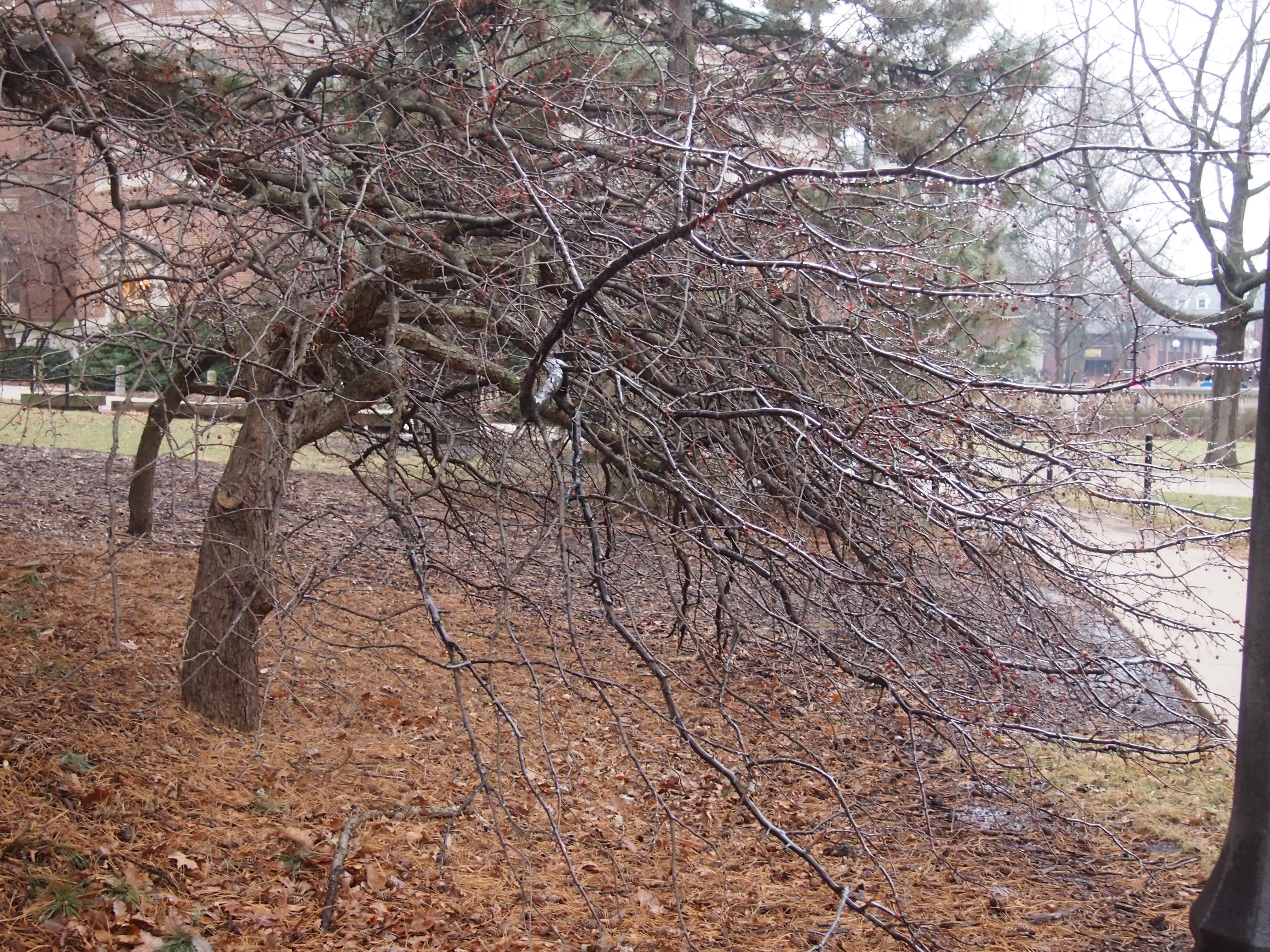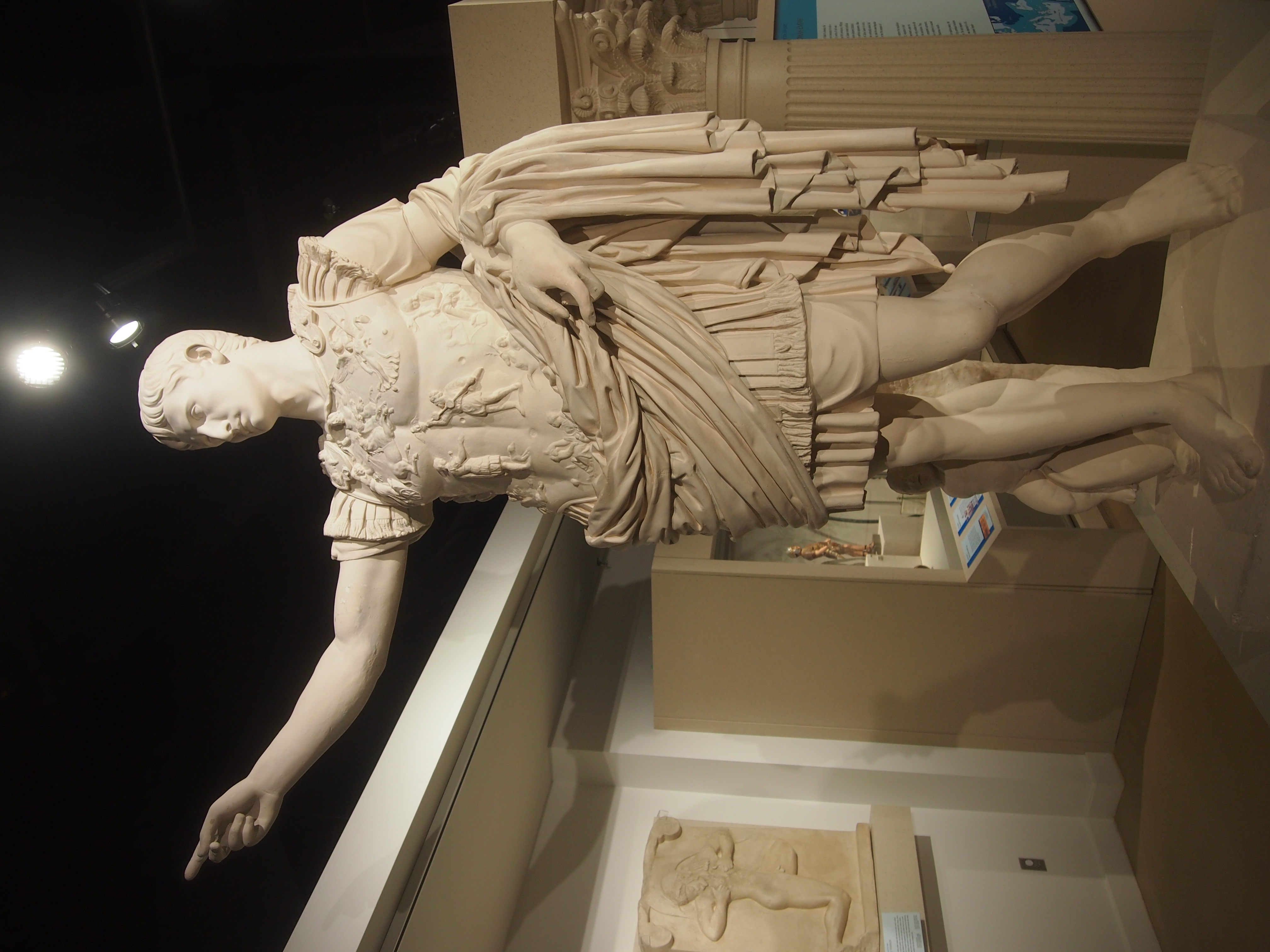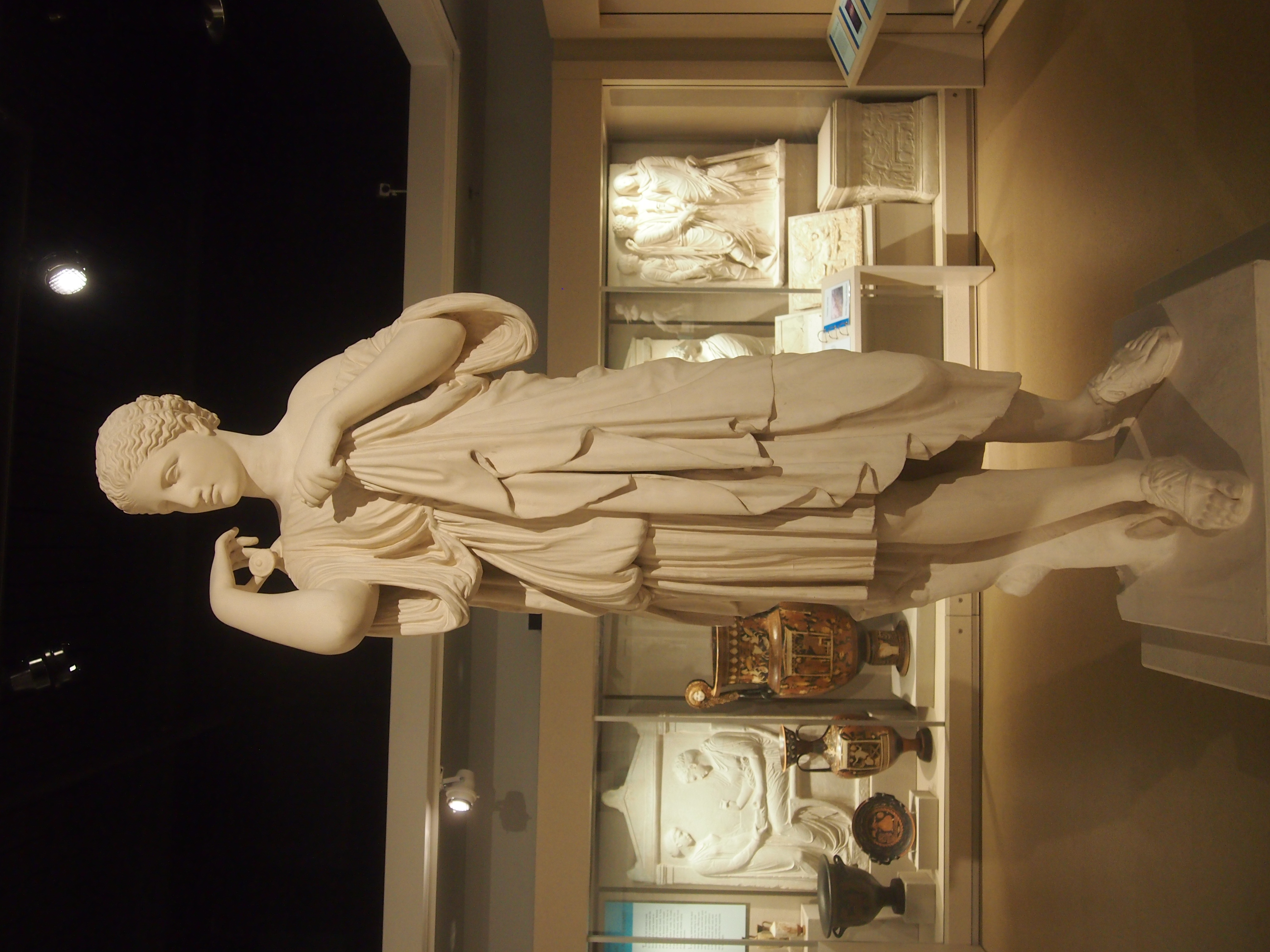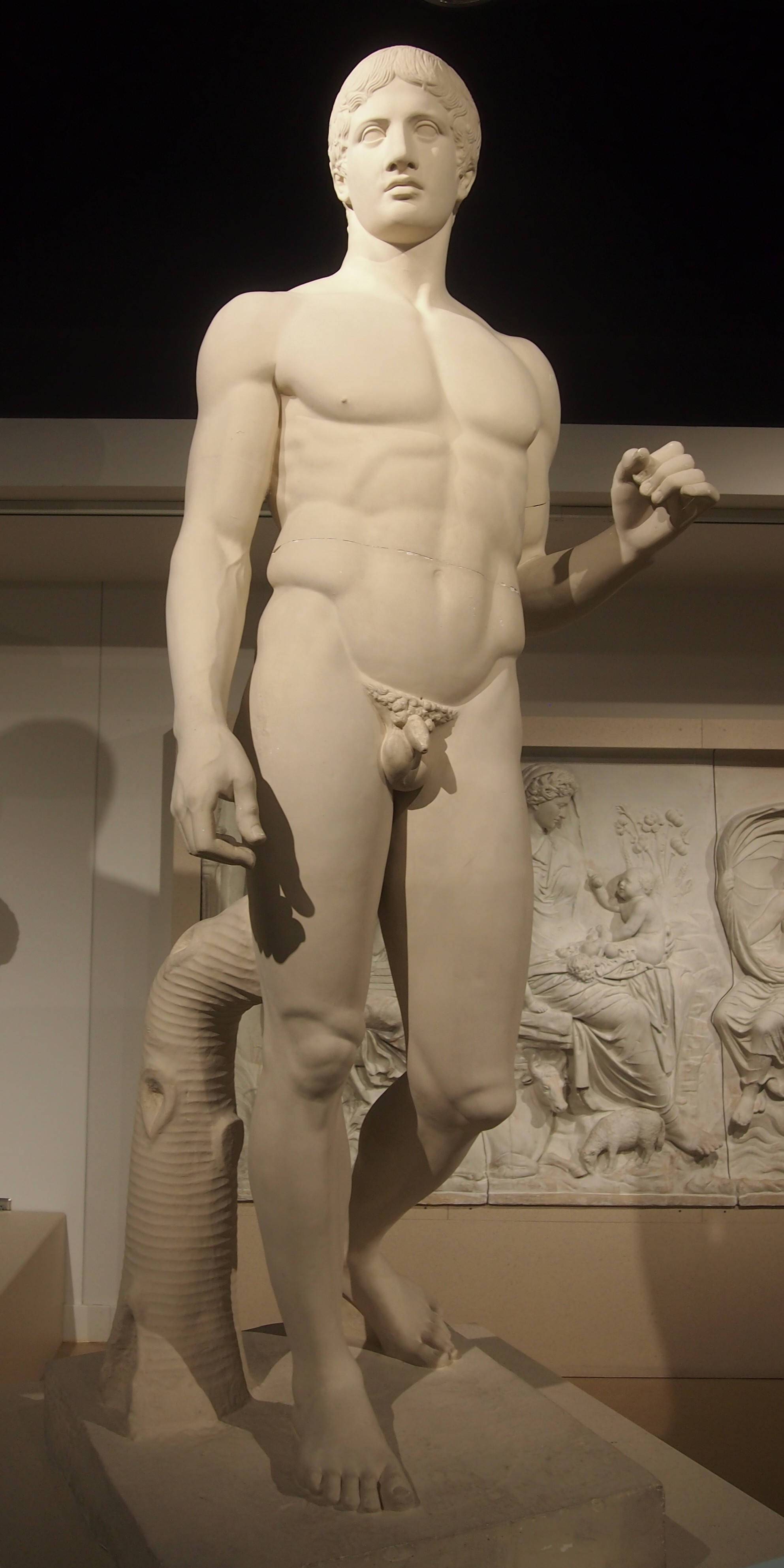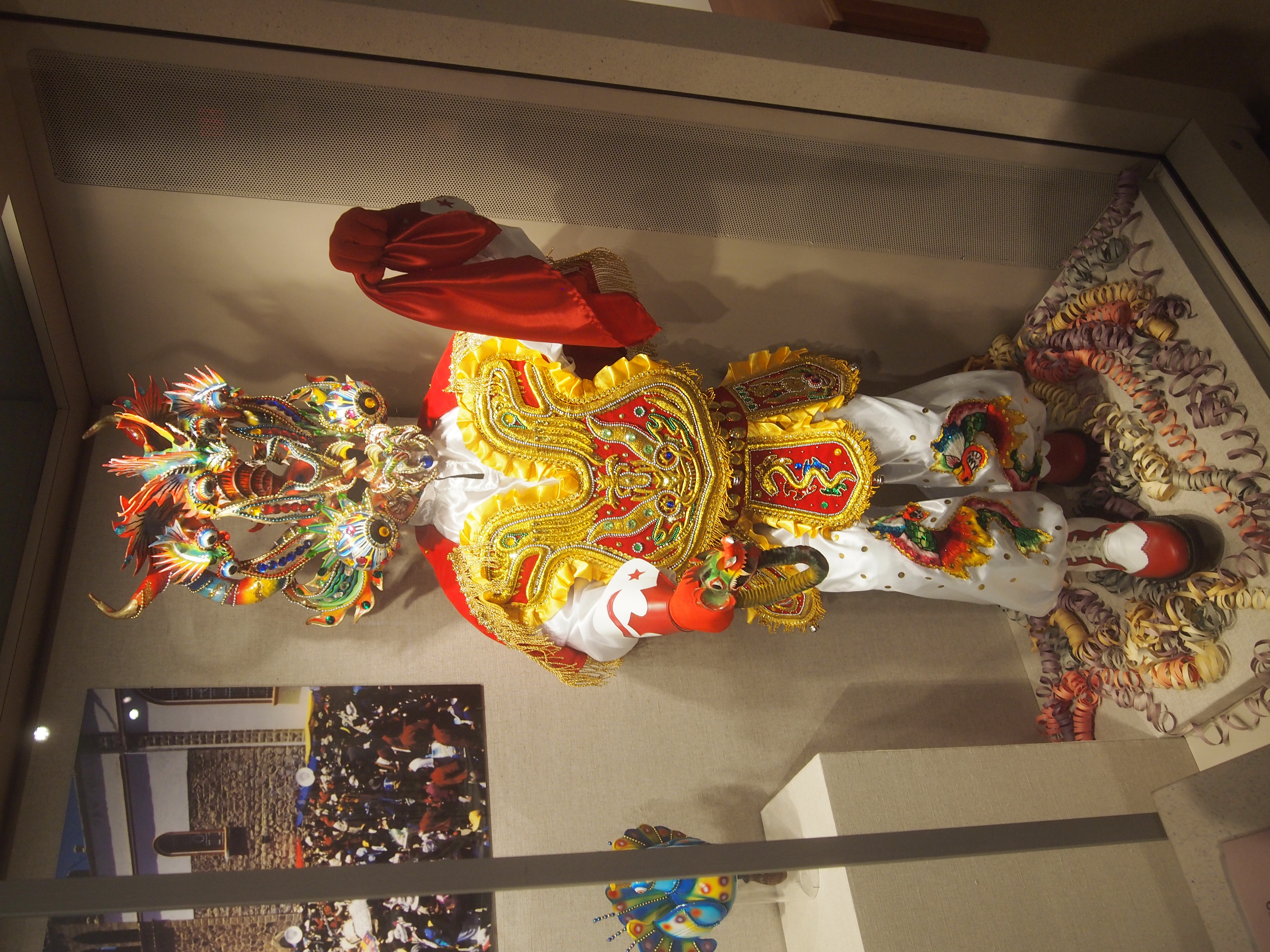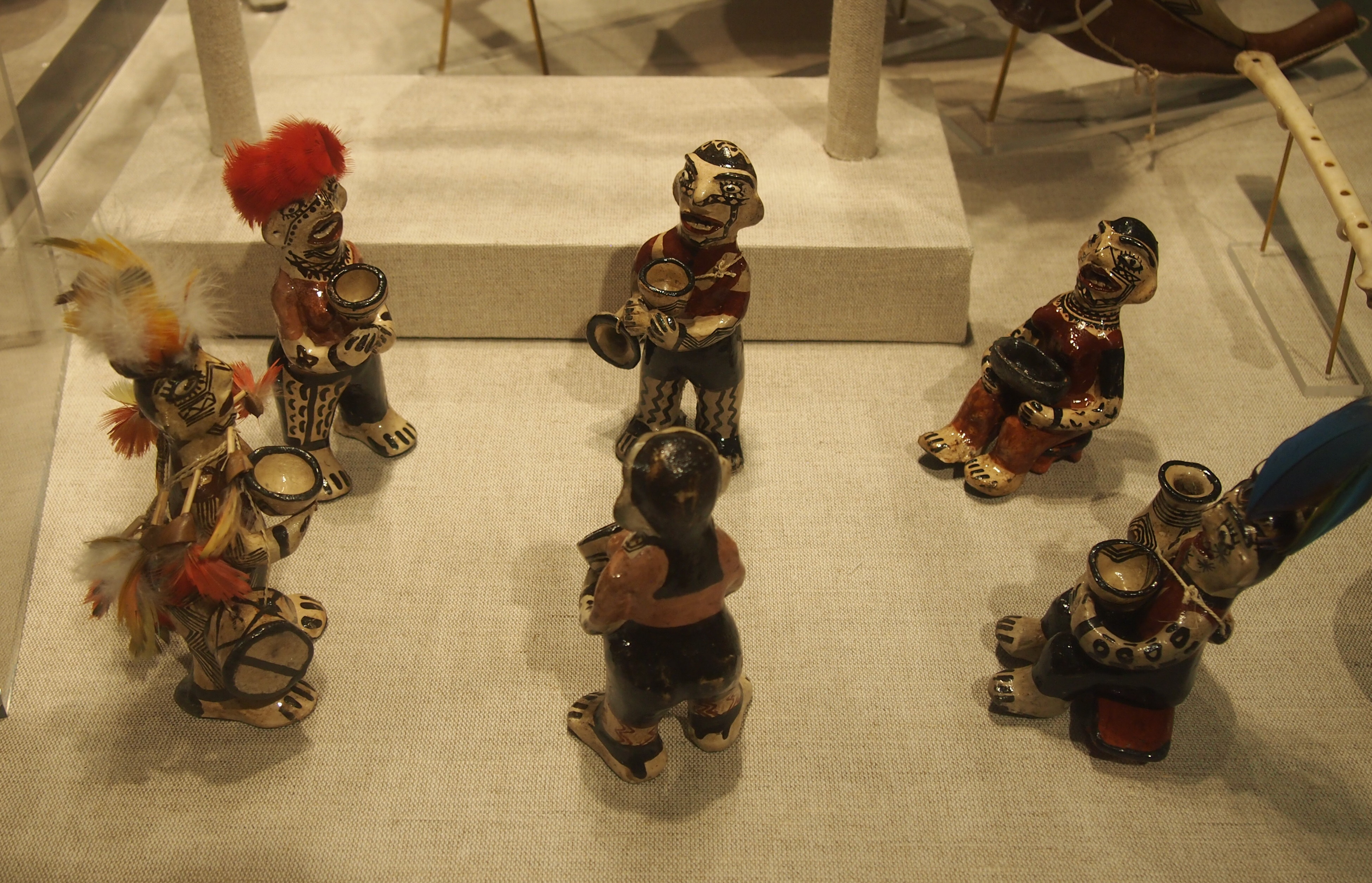After leaving Marytown on Saturday, I headed north on Milwaukee Ave. A few miles from of Libertyville’s lively main streets, in an area not quite rural — call it exurban — is the St. Sava Serbian Orthodox Cemetery. At least, that’s a form of the name, since there’s wording in English and Serbian over a gate to the property that calls the entire place (in English), the Serbian Orthodox Monastery of St. Sava.
Near the cemetery is a church, presumably the monastery’s church (more about which later). I didn’t investigate any of the other buildings off in the distance, which are presumably the places for monks to live and otherwise follow their vocation. The map also tells me that St. Sava College is a little ways up the road.
Anyway, I came to see the cemetery. It’s been receiving Orthodox Serbs for about 90 years. The place is thick with weighty headstones.
With a mix of Cyrillic and Roman lettering.
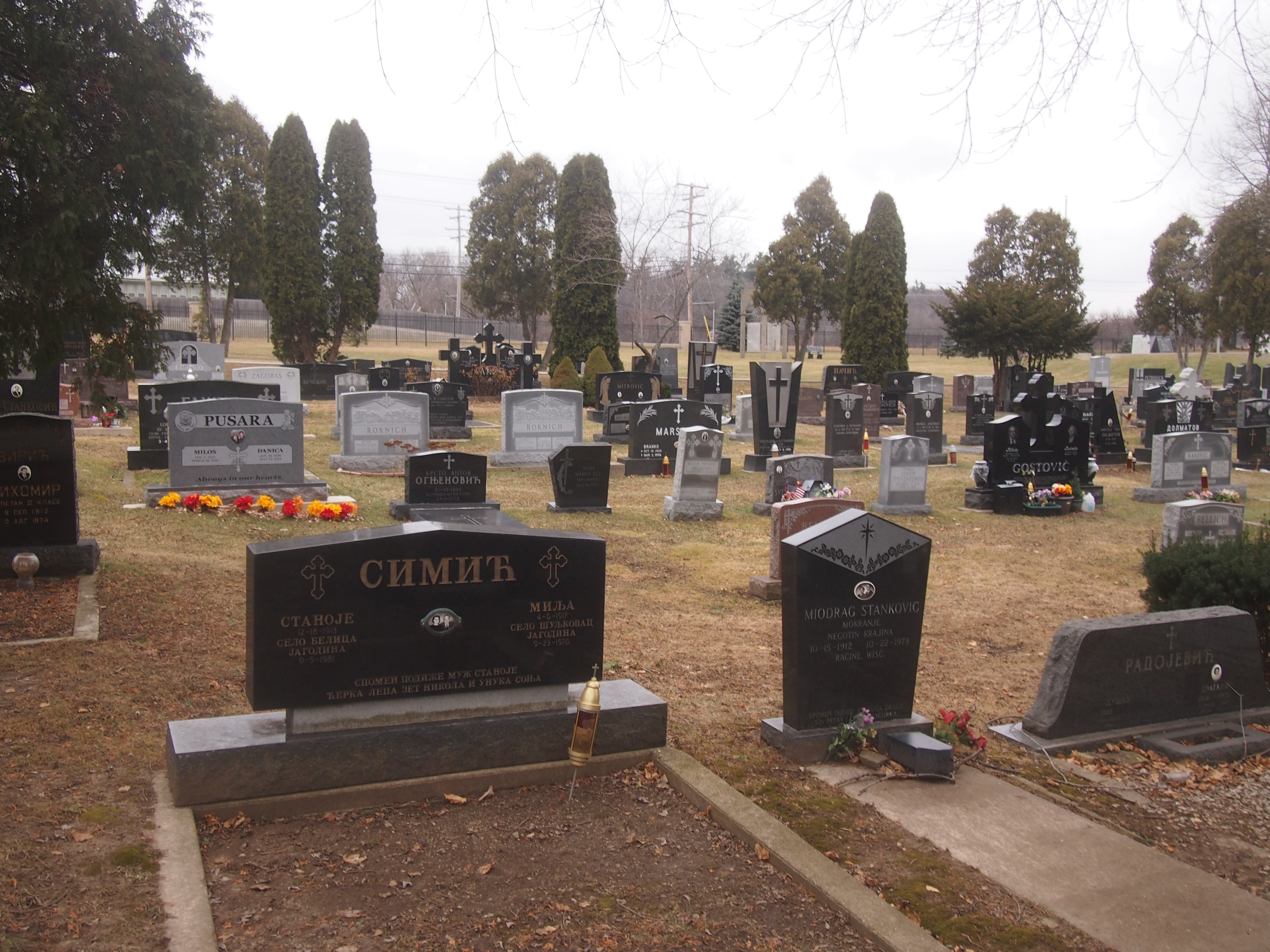 There’s little funerary art, as seen in cemeteries steeped in Western European traditions, unless you count variations on the Cross. A few stones told in some detail of the person at rest, at least if you read Serbian.
There’s little funerary art, as seen in cemeteries steeped in Western European traditions, unless you count variations on the Cross. A few stones told in some detail of the person at rest, at least if you read Serbian.
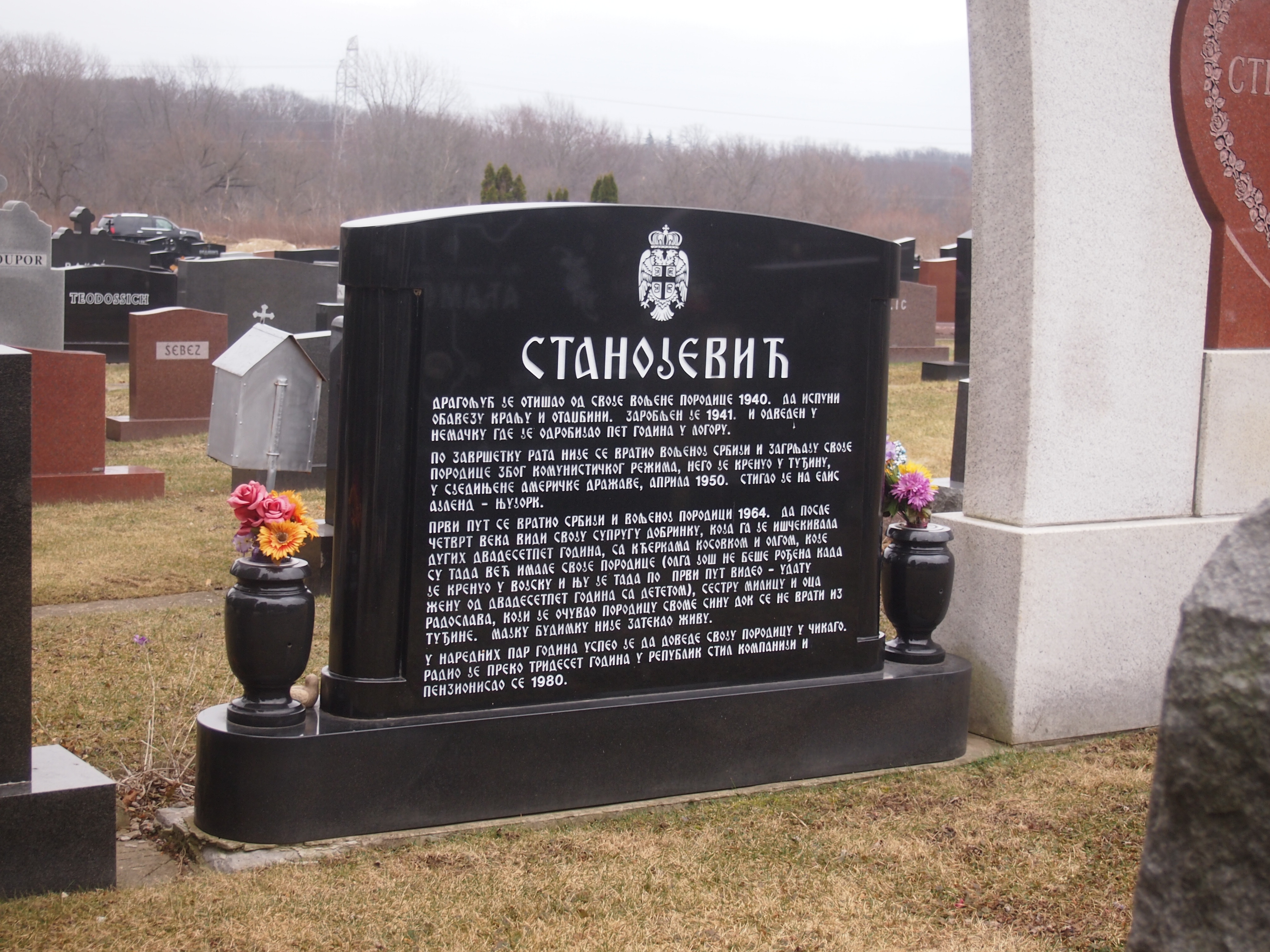 Some sites included wooden crosses along with stone markers. A few had no headstone at all.
Some sites included wooden crosses along with stone markers. A few had no headstone at all.
Some stones are of a distinctly modern cast, and in English.
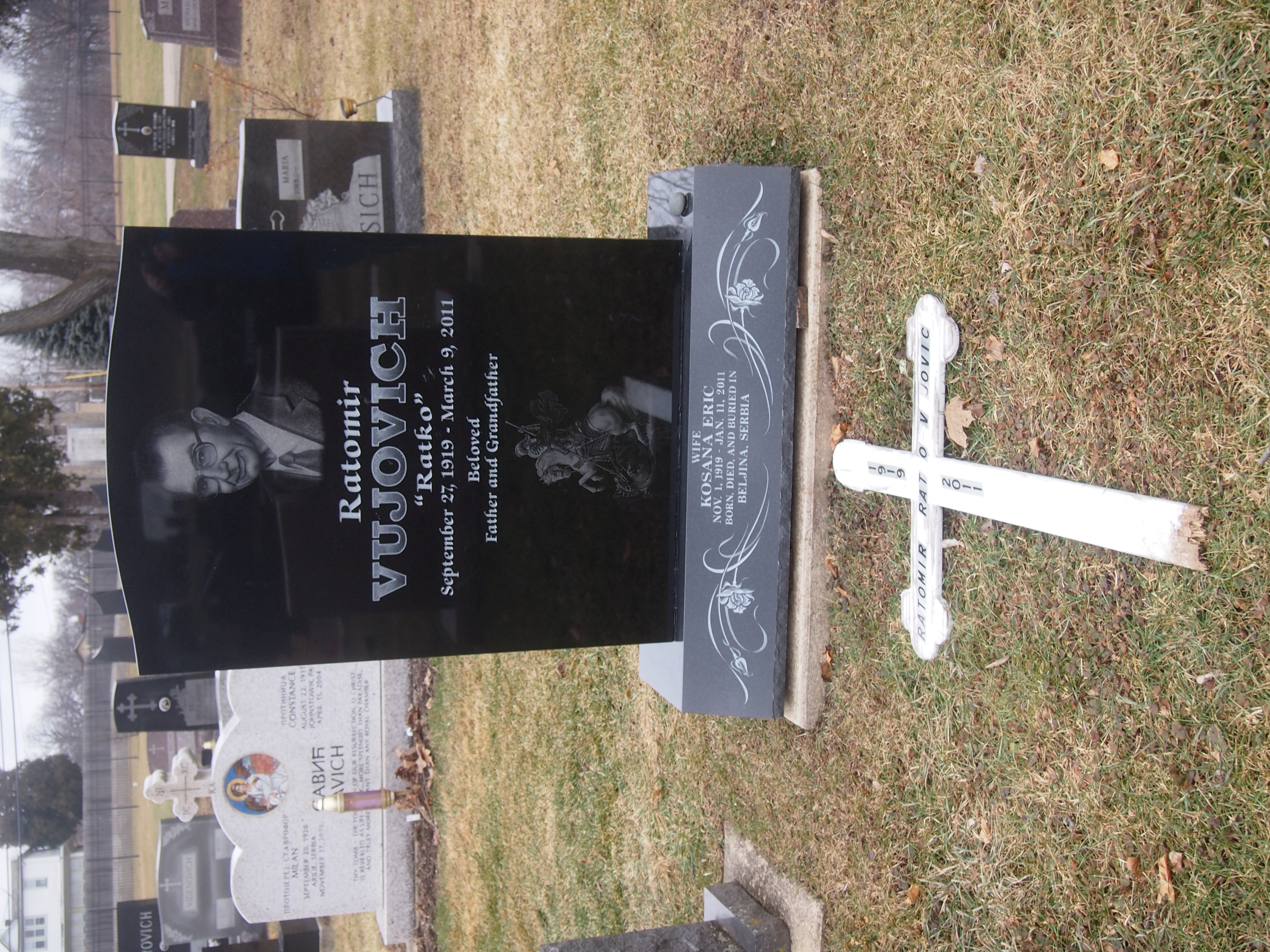 I’ve read that Rod Blagojevich’s parents are in the cemetery, but I didn’t see their stone that I know of. Blago was recently in the news briefly for not being on President Obama’s commutation list during his last days in office. Tough luck, Rod. Politics ain’t beanbag.
I’ve read that Rod Blagojevich’s parents are in the cemetery, but I didn’t see their stone that I know of. Blago was recently in the news briefly for not being on President Obama’s commutation list during his last days in office. Tough luck, Rod. Politics ain’t beanbag.
